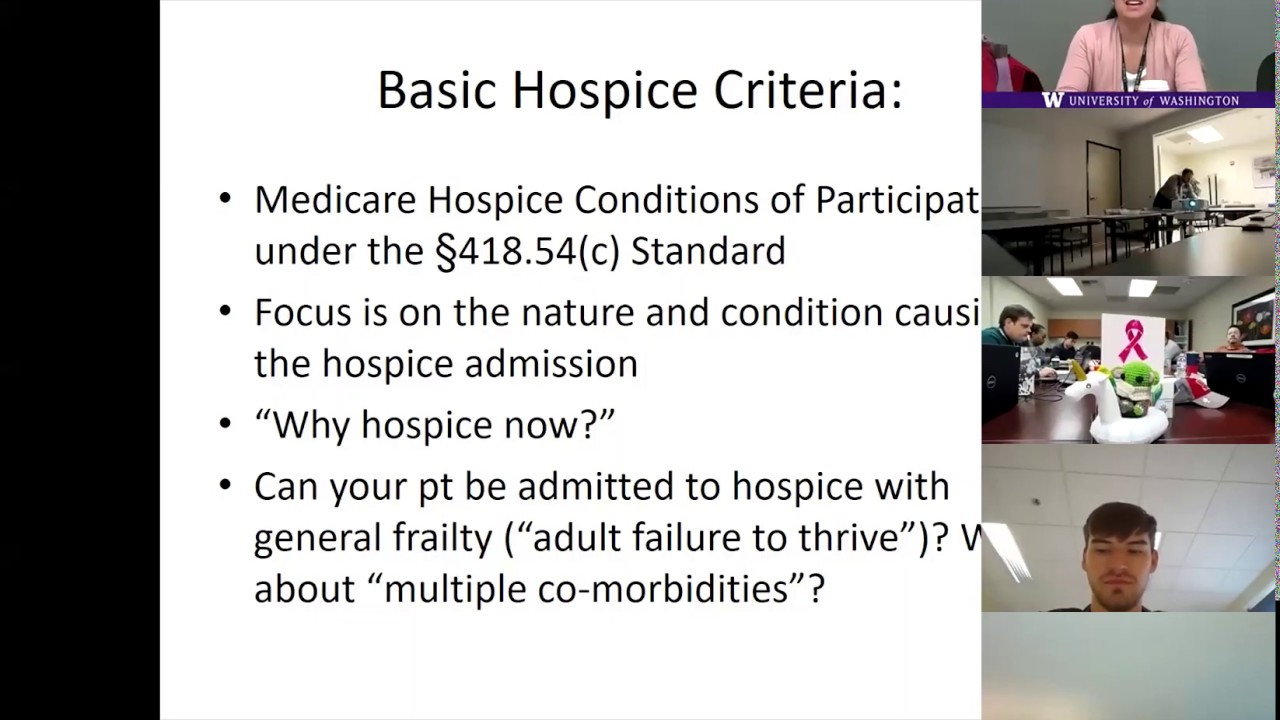
Respite services agencies provide a wide range of services to assist caregivers with their daily responsibilities. These may include companionship, transportation, meal preparation, and household chores. They can also help you access other community resources.
Respite care providers usually work as independent contractors. Agents can also employ them. Agency salaries can be based on previous experience. Inquire about the different benefits offered by agencies to those looking for work in respite care.
Both private and non-profit organizations can offer respite services. However, their services might differ. Most agencies offer services only to people who are of a certain age and with specific needs. For more information, you can contact your Area Agency on Aging.
You can also find out if your area has a Community Centered Board. These are nonprofit organizations that work on behalf of older adults. The CCB gives information about senior benefits and determines if a client requires additional assistance. Many CCBs also offer programs that assist families.

Repite can also make you feel more refreshed. You can take a break from caring for your loved one and return to your duties feeling renewed. This can be used to have new experiences with family members.
Respite may be temporary, but you should plan to return to the services frequently. It takes approximately four to six weeks to set it up. Your case manager can help explain your options and ensure you are getting the best care possible.
A trusted adult or professional agency can provide respite care at home. There are many options for finding respite and not all services are available. Easterseals Colorado also has overnight respite facilities if your home is in the Denver Metro.
Some agencies that provide respite care work only with a few families. This means that they are unable to guarantee that the same worker will be available for every home visit. Many caregivers work in shifts. They don't know who will be working the next shift. This can cause communication difficulties.
San Andreas Regional Center provides respite for qualifying families at no cost. The program is supported by the California Department of Developmental Services and the San Andreas Regional Center. Both agencies offered respite and encouraged people to contact them.

You may need to speak with your provider during the respite process about the best ways to communicate. This is especially important if your provider doesn't know the contexts and needs of the families they serve. Often, the caregiver burden score declines if the caregiver consults with the provider about planning for the respite.
Reputation is a key factor in choosing a respite service agency. An agency with a solid reputation will be more trustworthy.
FAQ
What are the three levels for health care facilities?
The first level is general practice clinics which provide basic medical services for patients who do not require hospital admission. They may also refer patients if needed to other providers. This can include nurse practitioners, general practitioners, and midwives.
The second level includes primary care centers that offer outpatient comprehensive care including emergency treatment. These include hospitals.
The third level is secondary care centers which provide specialist services such as orthopedic surgery, eye surgeries, and neurosurgery.
What is the difference of public health and health policies?
In this context, the terms refer both to the decisions made and those of legislators by policymakers. These policies affect how we deliver healthcare services. It could be local, regional, or national to decide whether a new hospital should be built. Similar to the above, local, regional and national officials can decide whether or not to require employers offering health insurance.
What role can I play in public healthcare?
You can help protect your own health and the health of others by taking part in prevention efforts. By reporting illness and injury to health professionals, you can improve public health.
Statistics
- The healthcare sector is one of the largest and most complex in the U.S. economy, accounting for 18% of gross domestic product (GDP) in 2020.1 (investopedia.com)
- For instance, Chinese hospital charges tend toward 50% for drugs, another major percentage for equipment, and a small percentage for healthcare professional fees. (en.wikipedia.org)
- For the most part, that's true—over 80 percent of patients are over the age of 65. (rasmussen.edu)
- Over the first twenty-five years of this transformation, government contributions to healthcare expenditures have dropped from 36% to 15%, with the burden of managing this decrease falling largely on patients. (en.wikipedia.org)
- The health share of the Gross domestic product (GDP) is expected to continue its upward trend, reaching 19.9 percent of GDP by 2025. (en.wikipedia.org)
External Links
How To
What is the Healthcare Industry Value Chain
All activities that are involved in providing healthcare services for patients make up the healthcare industry value chain. This includes the business processes within hospitals and clinics and the supply chains that connect them to other providers such as physicians, nurses, pharmacists, insurance companies, manufacturers, wholesalers, and distributors. The final result is a continuum in care that begins with diagnosis, and ends with discharge.
There are four components to the value chain:
-
Business processes - These are the tasks performed throughout the whole process of providing health care. A doctor might conduct an exam, prescribe medication and send a prescription to a pharmacy. Each step along the way must be completed efficiently and accurately.
-
Supply Chains – The entire network of organizations responsible for ensuring that the right supplies reach those who need them. One hospital may have many suppliers. This includes pharmacies and lab testing facilities as well as imaging centers and janitorial staff.
-
Networked Organizations (NO) - In order to coordinate the various entities, communication must exist between all parts of the system. Most hospitals have multiple departments. Each department has its own office and phone number. The central point will allow employees to get up-to-date information from any department.
-
Information Technology Systems - IT is critical in ensuring that business processes run smoothly. Without it, things would fall apart quickly. IT also provides a platform for integrating new technologies into the system. Doctors can connect to a secure network connection in order to integrate electronic medical records into their workflow.